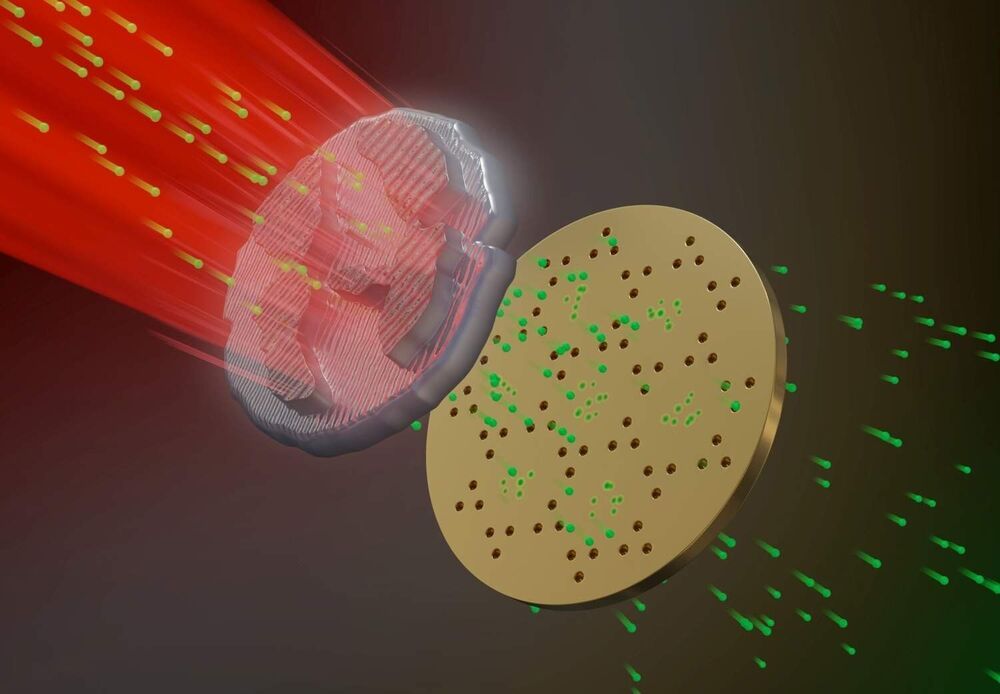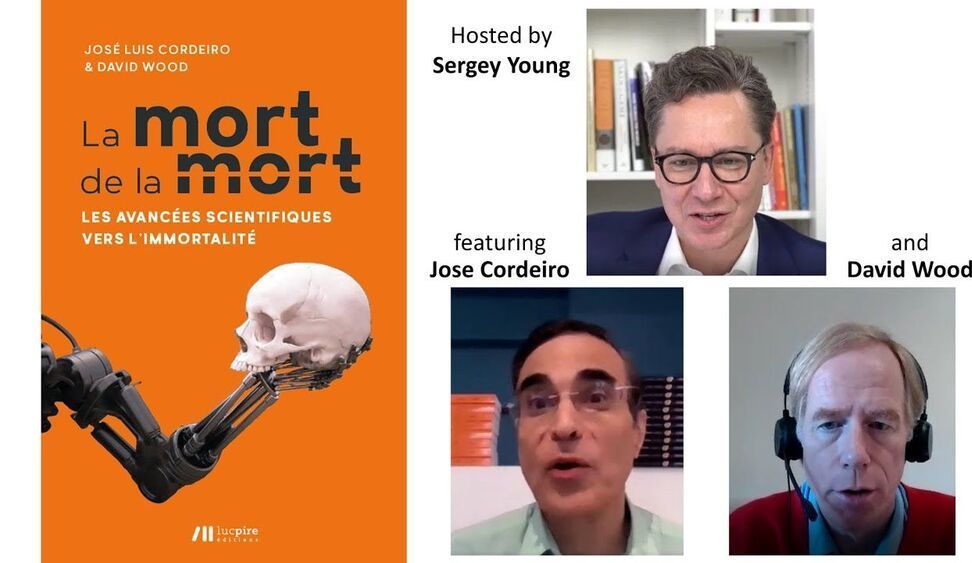Jan 26, 2021
Harvard scientists 3D print swarm of ‘Bluebot’ synchronized soft robotic fish
Posted by Genevieve Klien in categories: 3D printing, internet, robotics/AI
Researchers from Harvard University have 3D printed a school of soft robotic fish that are capable of swimming in complex patterns without the aid of Wi-Fi or GPS.
Inspired by the distinctive reef-dwelling surgeonfish, the team’s ‘Bluebots’ feature four fins for precision navigation, and a system of LEDs and cameras that enable them to swarm without colliding. The self-sufficiency of the tiny bots could make them ideal for ecological monitoring applications, in areas that wouldn’t otherwise be accessible to humans.
Continue reading “Harvard scientists 3D print swarm of ‘Bluebot’ synchronized soft robotic fish” »


















